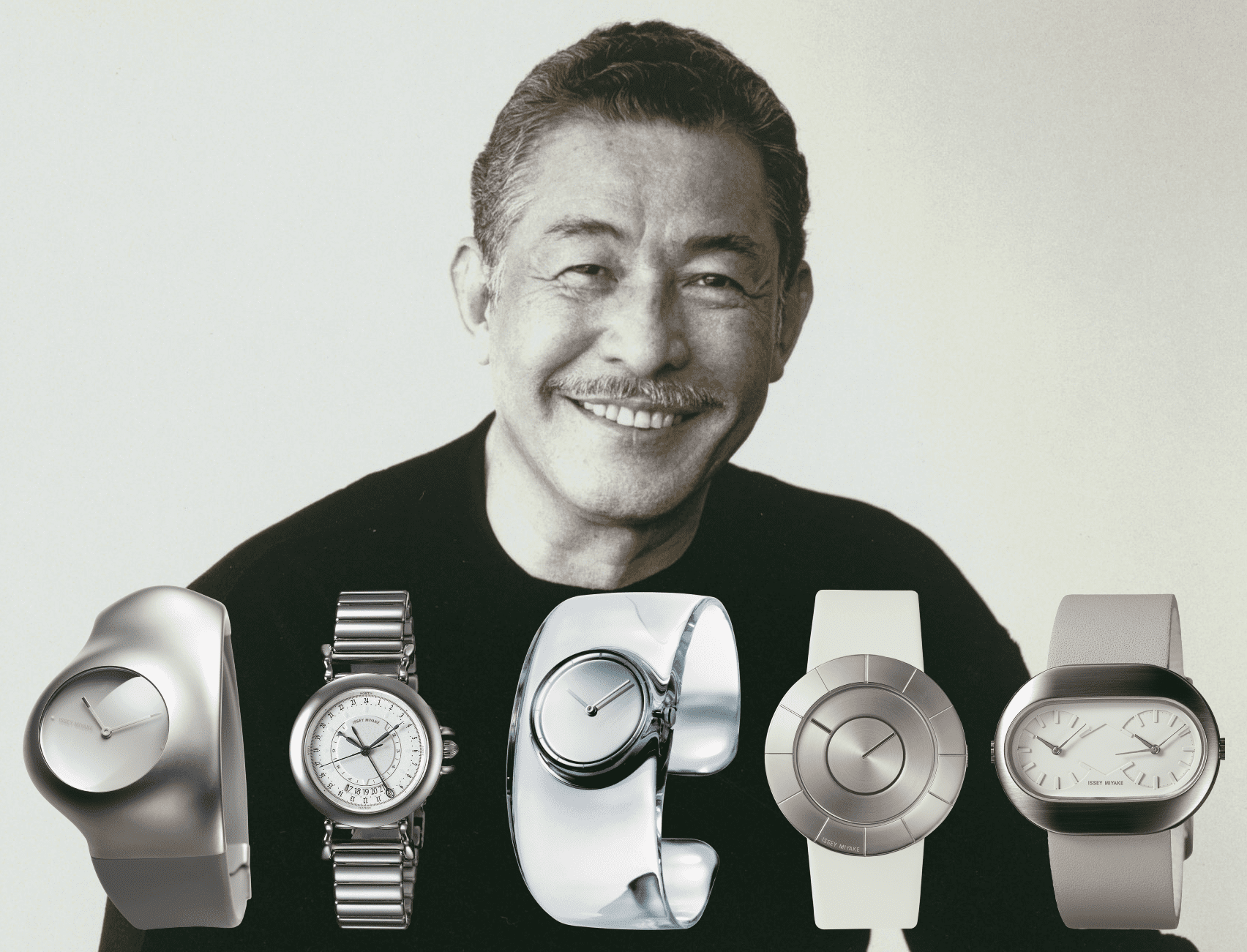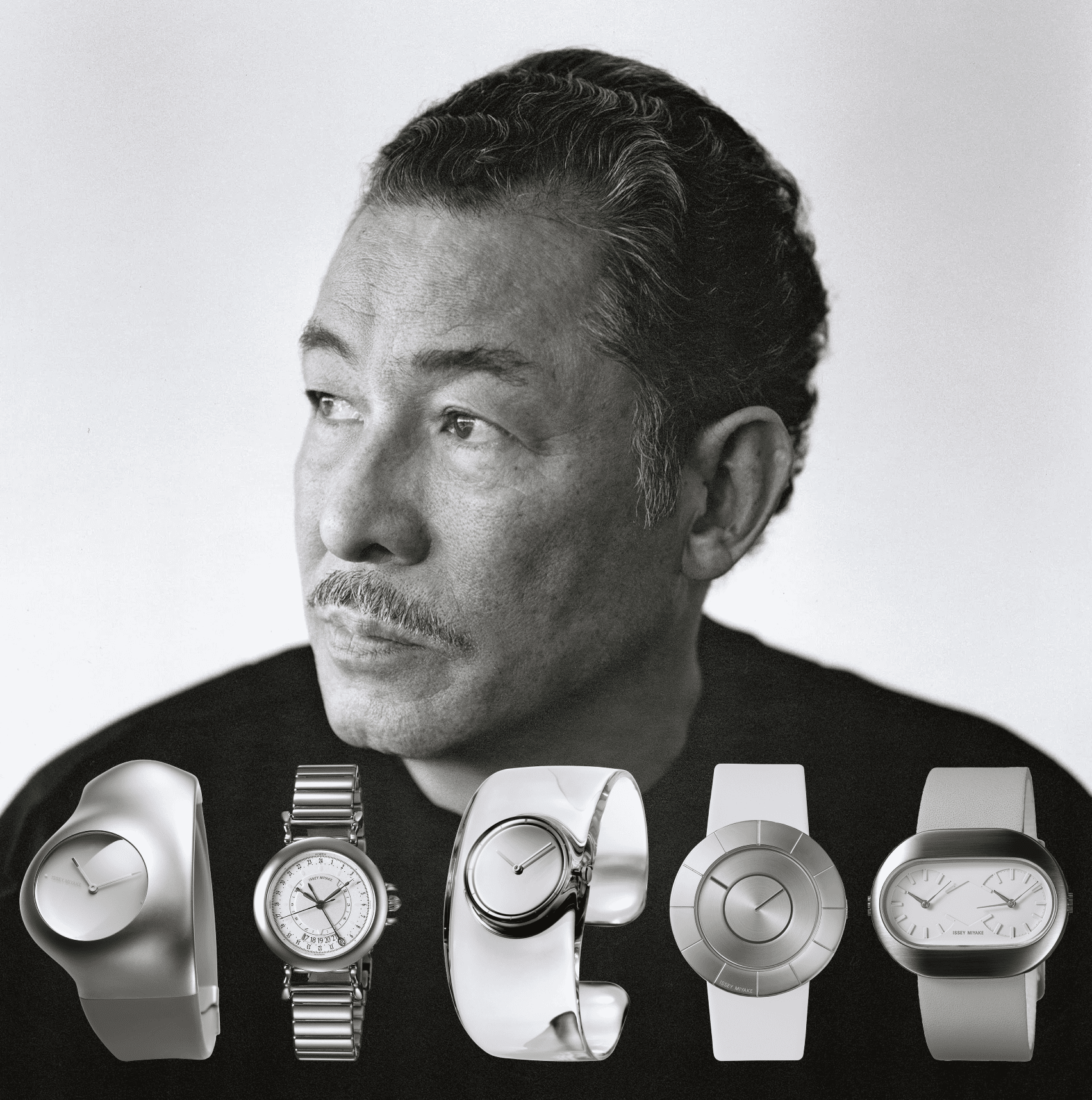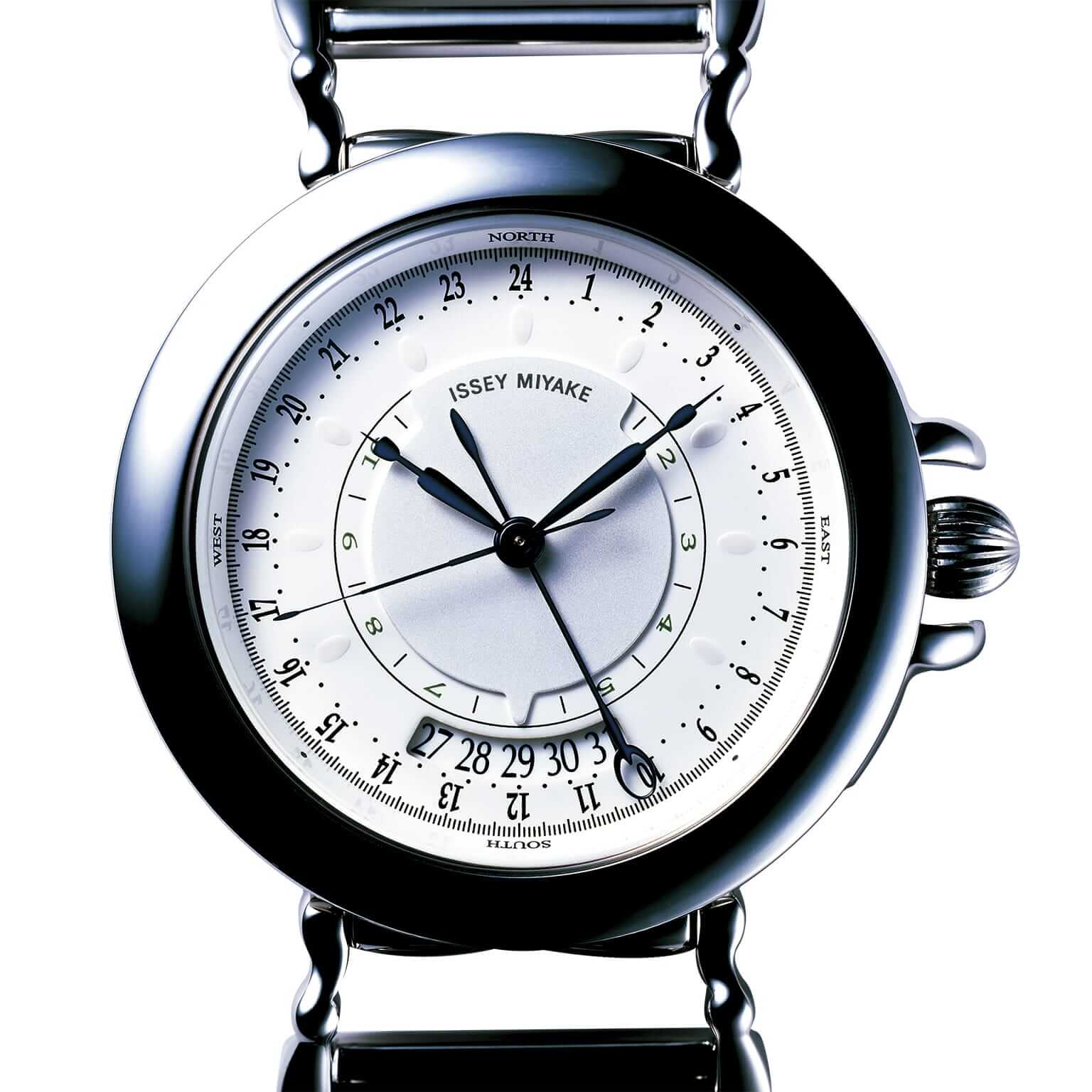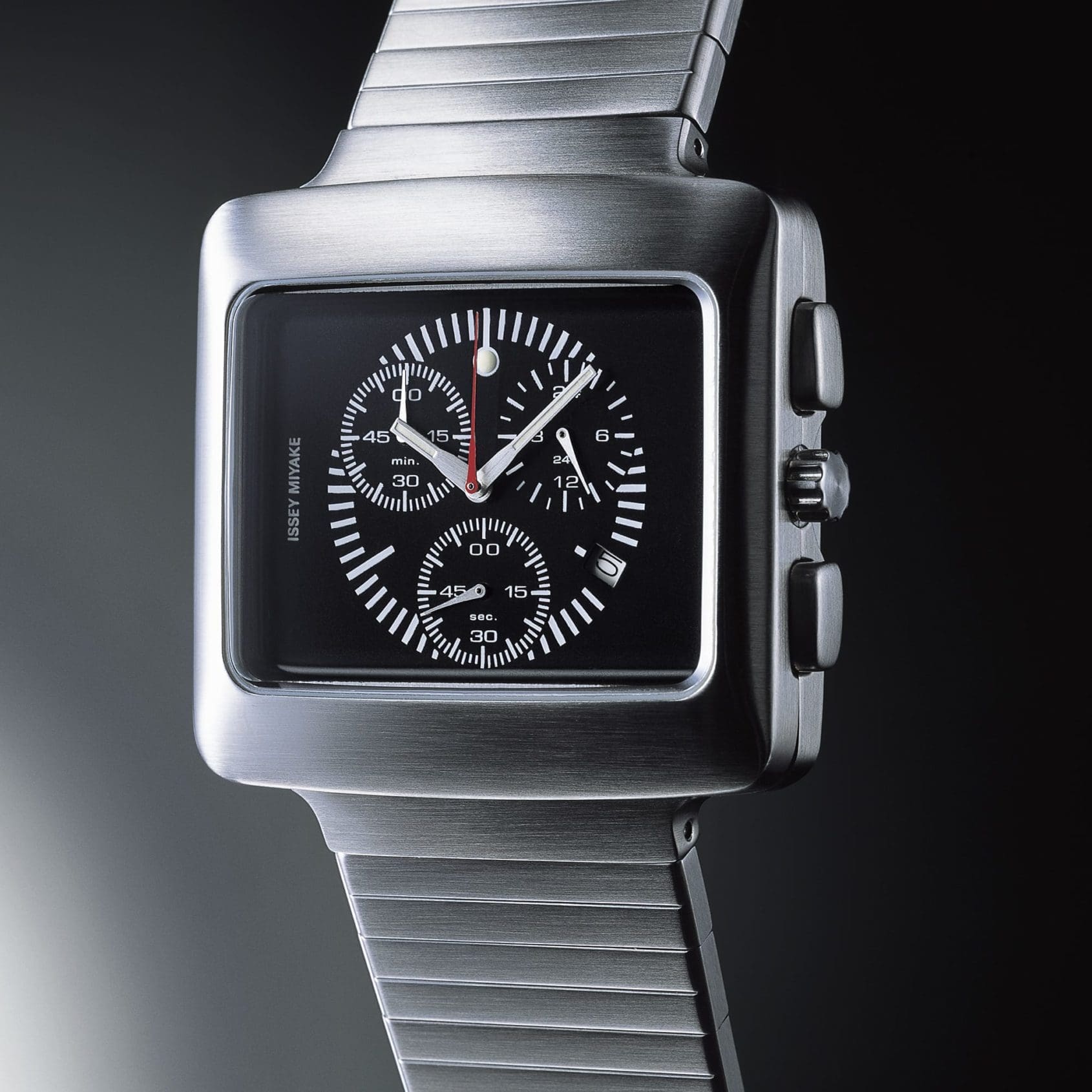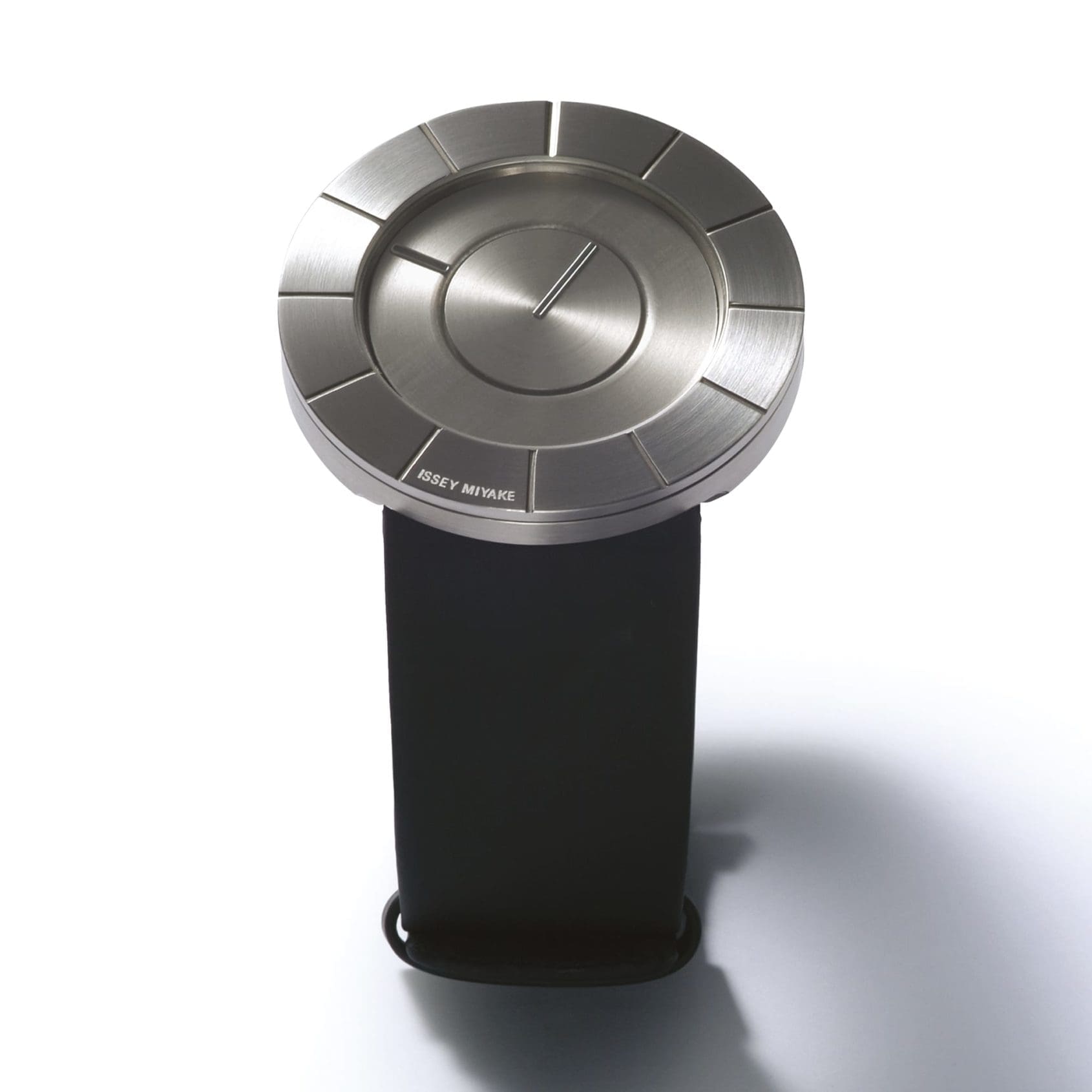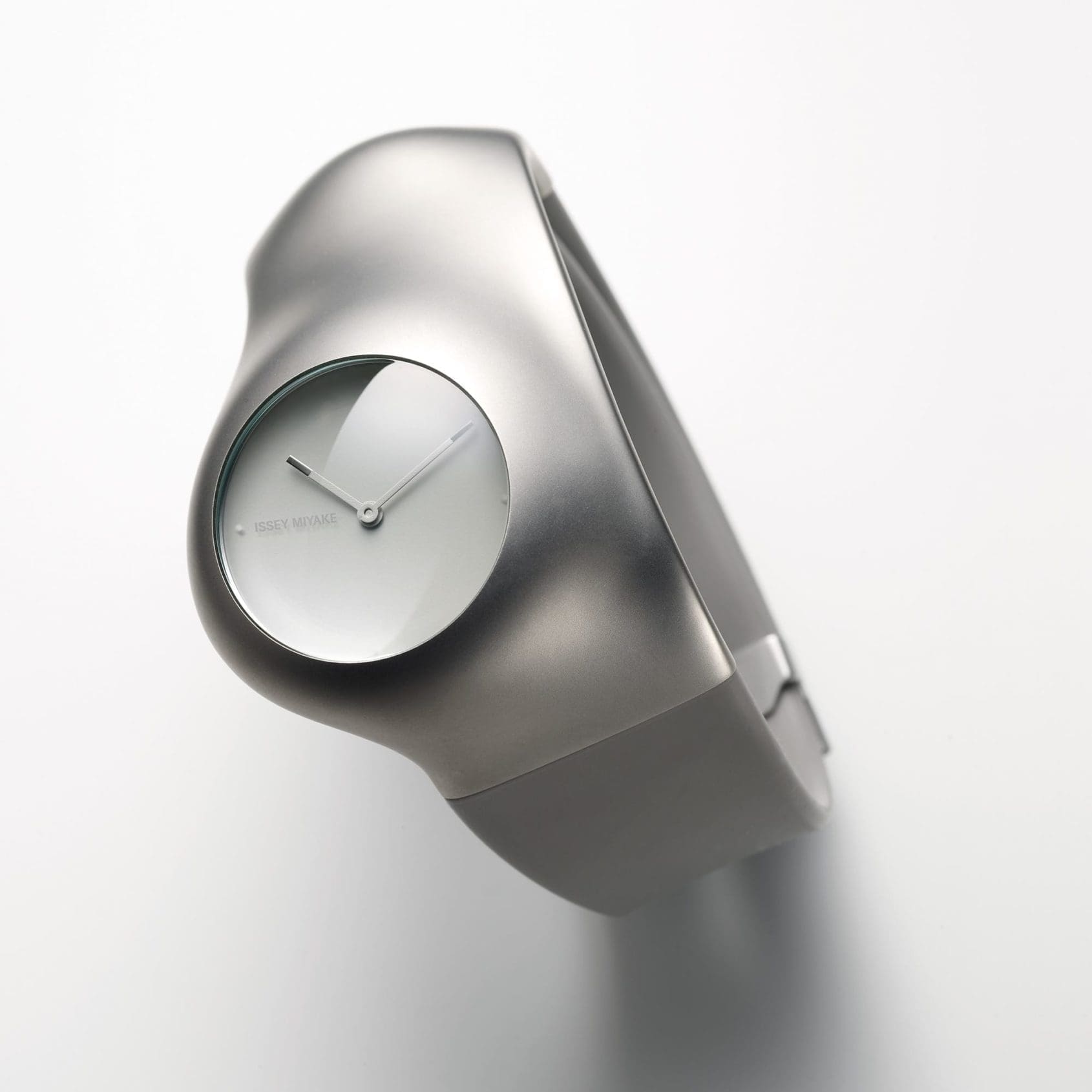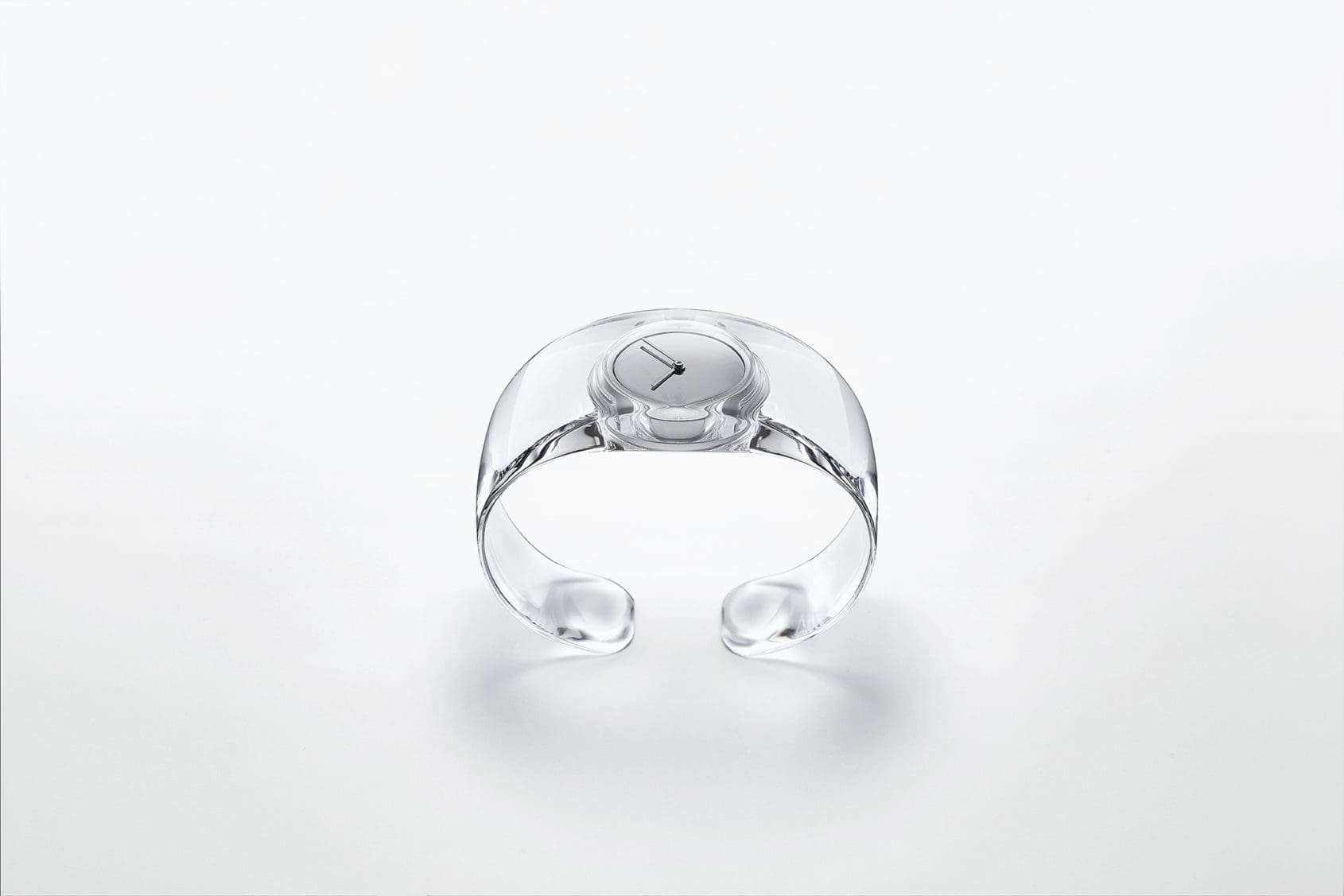The organic designs of Issey Miyake watches – a tribute
Borna BošnjakThis edition of Fits and Ticks is dedicated to the late visionary that was Issey Miyake, a truly multi-faceted designer. With his clothing on the forefront of technology-inspired designs through his famous lines such as Pleats Please, Homme Plisse, Bao Bao and, of course, his eponymous main collection line, Issey Miyake carved a legacy that is sure to last. He even extended his reach into the world of perfumery, with his renowned Jacques Cavallier-created L’eau d’Issey. While horological products of large fashion houses often amount to not much more than overpriced, re-badged trash, Issey Miyake watches incorporate elements from nature, with true design consideration that results in unique pieces, manufactured with the help of the Seiko corporation.
Insetto by Shunji Yamanaka
The release of the Issey Miyake Insetto in 2001 marked the beginning of Issey Miyake’s line of watches. Shunji Yamanaka, Insetto’s designer, used cues from French naturalist Jean-Henri Fabre and his study of insects. The case, crown and crown guards and the hands are modelled after the head, legs and antennae, going as far as including luminous paint to reflect the bioluminescence of some bugs. The watch is either powered by a quartz calibre with a perpetual calendar, or by a Seiko ND75A automatic movement. While not much information is out there, Issey Miyake’s user manuals note it to be a 26-jewel, high-beat calibre with a +15/-10 second per day accuracy and a 50-hour power reserve.
Vakio by Harri Koskinen
Two years later, Finnish industrial designer Harri Koskinen designed the Vakio for Issey Miyake. The integrated bracelet, brushed finish and distinctive TV-style cases are all developed by Seiko Instruments once again, using a quartz movement for the three variations of the Vakio, along with a funky dual-crown, dual-time piece. The second generation of the Vakio, released in 2004, was exhibited at the Baselworld 2004 Seiko booth.
TO by Tokujin Yoshioka
Paring back the funkiness of the previous two models, the TO reflects designer Tokujin Yoshioka’s creative vision. The Japanese artist selects a material, and applies a minimal touch, extracting only as much character as necessary. In a short column, Yoshioka explains that the two discs that double as the hands are crafted from aluminium, meshing with the out-of-place artefact look of the rest of the TO, in a way that plastic could not. The watch uses a Seiko VJ20 quartz movement, and comes in at a 38mm diameter.
Hu by Ross Lovegrove
Perhaps the most recognisable Issey Miyake watch is the Hu, designed by Ross Lovegrove. Apart from designing Sony’s Walkmans and Apple’s computers, his flowing, nature-inspired design language made its way into watches as well. The actual watch can be detached from the titanium case, the styling of which looks to become an extension of the wearer’s body, integrating as one. Once again produced by Seiko Instruments, the Hu, which stands for Human, is powered by a quartz movement.
O by Tokujin Yoshioka
Finally, another minimal design by Tokujin Yoshioka, this time employing the pure, fluid nature of water for the design of the O (eau, in French, is water). “Shaping the shapeless”, as Yoshioka puts it, into a cuff design made of clear nylon acrylic, available in a myriad of pastel colour options, the O marked the 10th anniversary of the Issey Miyake Watch project.




